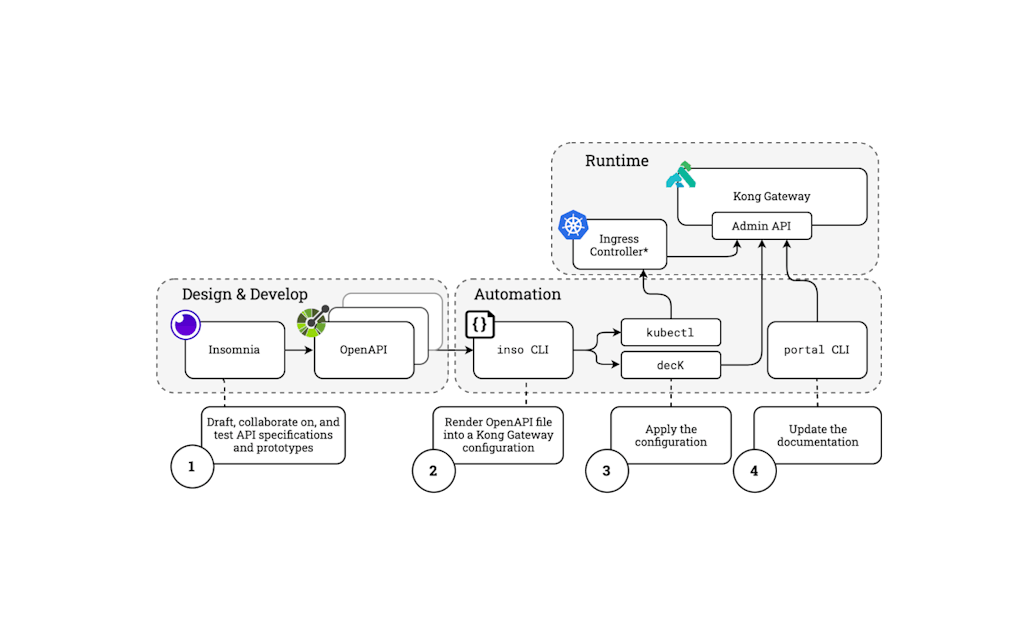What is Apache Kafka? Guide for Beginners

Apache Kafka is a distributed, fault-tolerant, high-throughput event-streaming platform. LinkedIn originally developed it to handle massive data pipelines. The Apache Software Foundation now maintains this open-source project. The Commit Log Mental
API Gateway vs. AI Gateway

The Gateway Evolution
An unoptimized AI inference endpoint can burn through thousands of dollars in minutes. This isn't hyperbole. It's the new reality of artificial intelligence operations. When GPT-4 processes thousands of tokens per request, tradi
Stay Vendor Agnostic: Using an Abstraction Layer to Navigate Acquisitions

The challenges of an acquisition frequently appear in a number of critical areas, especially when dealing with a platform as important as Kafka: API Instability and Change : Merged entities frequently rationalize or re-architect their services, whic
Comprehensive Guide for Understanding REST APIs

A RESTful API is a type of application programming interface that follows the guidelines of Representational State Transfer (REST). Its goal is to present data models and functions in a clear and standard format. RESTful APIs use common web techno
API Rate Limiting: Beginner's Guide

What is API rate limiting? API rate limiting involves using a mechanism to control the number of requests an API can handle in a certain time period. It's a key process for ensuring that APIs perform to a high level, provide a quality user experienc
What is an API Gateway?

In this revolutionary age for software, the rapid rate at which new architectural patterns have emerged has significantly impacted the way enterprises are now choosing to build, deploy and consume services. These changes have also welcomed innovativ
Types of APIs and Use Cases

Through the utilization of an application programming interface (API) , developers have the ability to have software systems or platforms interact with one another. This can foster new features and capabilities. But in order to foster these connect



